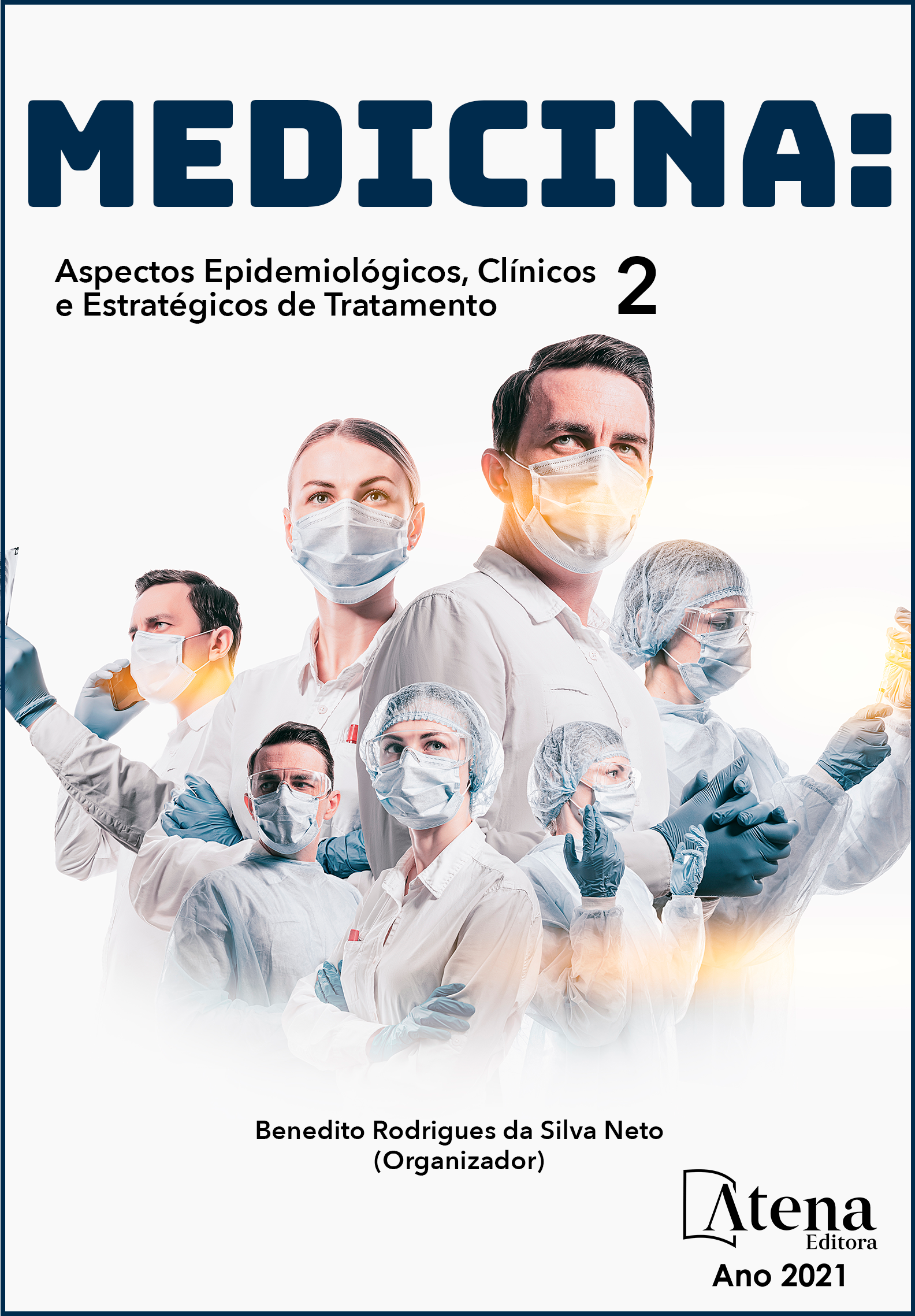
RELATO DE CASO: TUMOR DESMOIDE – PRINCIPAIS FATORES CONTRIBUINTES PARA SUA RECIDIVA.
O tumor desmoide trata-se de uma neoplasia originada de células fibroblásticas teciduais e possui comportamento localmente agressivo, porém não se apresenta de caráter maligno, com baixa capacidade de gerar metástases e sua etiologia ainda não é tão bem compreendida. Portanto o objetivo deste relato é analisar os possíveis fatores que contribuíram para a recidiva do tumor desmoide, sendo este uma patologia rara. Relato de Caso: descrever um caso de tumor recidivado do tipo fibromatose localizado na parede torácica em um paciente de 59 anos. Realizou-se nova terapia cirúrgica, ressecando a área tumoral com margens de segurança e também um fragmento da região clavicular para biópsia, visto que a região era sugestiva de acometimento neoplásico. Após avaliação histopatológica em conjunto com a imuno-histoquímica foi possível afirmar tal acometimento na ressecção total da amostra, assim como nas margens da clavícula e vasos subclávios, sendo indicado assim outras terapias adjuvantes. Discussão: analisar todos os fatores etiológicos relacionados à suposta recidiva da neoplasia, tais como sexo, traumas prévios no local, idade de maior acometimento e fatores genéticos para identificar a real importância de cada um destes contribuintes. Conclusão: algumas particularidades foram levantadas referente à reincidência deste tumor, visto que não foi de encontro ao que já está comprovado cientificamente. Com isso, este caso apresenta uma raridade ainda maior e dificulta cada vez mais o diagnóstico da patologia. Portanto duas hipóteses foram sugeridas, sendo a não retirada total das células neoplásicas ou a não realização da radioterapia adjuvante como parte do plano terapêutico.
RELATO DE CASO: TUMOR DESMOIDE – PRINCIPAIS FATORES CONTRIBUINTES PARA SUA RECIDIVA.
-
DOI: 10.22533/at.ed.62621120524
-
Palavras-chave: Fibromatose; Tratamento; Reincidência.
-
Keywords: Fibromatosis; Treatment; Recurrence.
-
Abstract:
The desmoid tumor is a neoplasm originating from tissue fibroblastic cells and has a locally aggressive behavior, but it is not malignant, with a low capacity to generate metastases and its etiology is not yet well understood. Therefore, the purpose of this report is to analyze the possible factors that contributed to the recurrence of the desmoid tumor, which is a rare pathology. Case Report: describe a case of a relapse tumor of the fibromatosis type located on the chest wall in a 59-year-old patient. New surgical therapy was performed resecting the tumor area, with safety margins, and a fragment of the clavicular region for biopsy, since the region was suggestive of neoplastic involvement. After histopathological evaluation together with immunohistochemistry, it was possible to affirm such involvement in the total resection of the sample, as well as in the margins of the clavicle and subclavian vessels, thus indicating other adjuvant therapies. Discussion: analyzing all the etiological factors related to the supposed recurrence of the neoplasm, such as sex, previous trauma at the local, age of greatest involvement and genetic factors, to identify the real importance of each of these contributors. Conclusion: some particularities were raised regarding the recurrence of this tumor, since it was not in line with what is already scientifically proven. As a result, this case is even rarer and makes it more difficult to diagnose the pathology. Therefore, two hypotheses have been suggested, namely the not total removal of neoplastic cells or not to perform adjuvant radiotherapy as part of the therapeutic plan.
-
Número de páginas: 11
- CRISTIANE MARA REIS RODRIGUES
- TIAGO ABRÃO QUERINO DOS SANTOS
- INGRID DE SALVI COUTINHO
- NATÁLIA TABAH TELLINI
- MARINA PARZEWSKI MORETI
- DENNER ALVES CARDOSO
- Amanda Brentam Perencini


